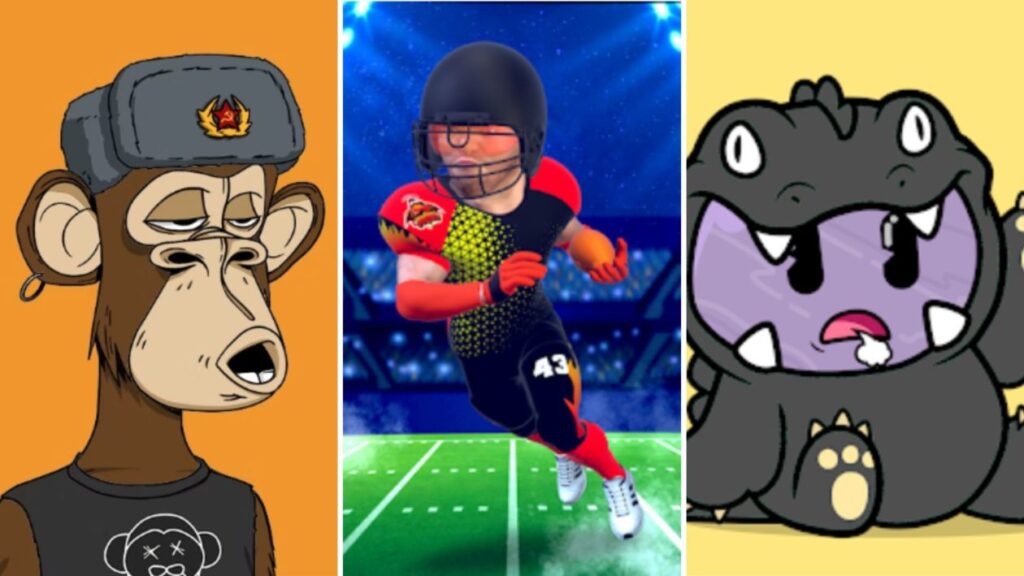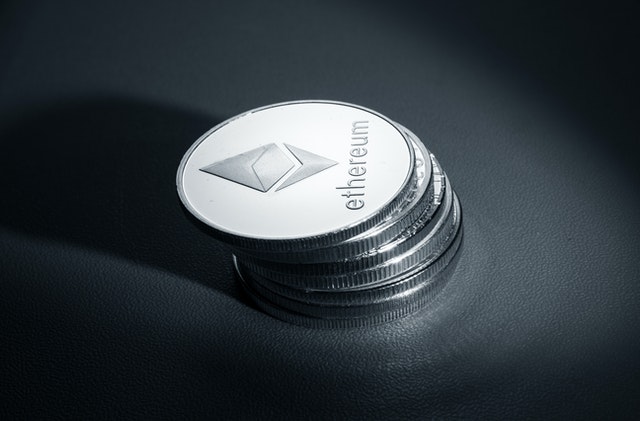Are NFTs worthless pictures or assets that will change the way we live?
You’ve seen NFTs explode in growth and controversy. NFTs continue to generate extraordinary interest (both good & bad) across gamers, investors, artists, and even environmentalists.
In this article, we’ll take a quick look at what NFTs are, how they function, and how you can benefit from them.
What Are NFTs?

NFTs are digital tokens that can be used to indicate ownership of unique items. They can be used to tokenize things like artwork, valuables, and even real estate. They can only have one official owner at a time, and they’re protected by the Ethereum blockchain, which means no one can change the ownership record or copy/paste a new NFT into existence.
Non-fungible token refers to a token that is not fungible. Non-fungible is a term used to describe items such as furniture, music files, computers etc. Because these items have distinct features, they cannot be substituted for other items.
Fungible items, on the other hand, can be swapped because their worth, not their unique features, define them.
How do NFTs Work?

NFTs are a type of token that is fully unique and cannot be divided. NFTs allow the transfer or claim of ownership of any unique piece of digital data that can be recorded on Ethereum’s blockchain, which serves as a public ledger. Digital objects are used to generate an NFT as a representation of digital or non-digital assets. An NFT could, for example, represent:
- Digital Art
- Antiques and Collectibles
- Music
- Videos
- Animated GIFs
- Real-world Event Tickets
- Legal Documents
- Tokenized Invoices
- Designer Sneakers & lots more options to get creative with!
NFTs are basically digital versions of real-life artifacts. As a result, the buyer receives a digital file rather than a real oil painting to hang on the wall.
They will also have complete ownership of the item. NFTs can only be owned by one person at any given moment. To manage ownership, each token has a unique ID and metadata that no other NFT token can duplicate. They can also be used to hold specific data by the owner or creator of the NFT. Artists, for instance, can sign their artwork by storing it in an NFTs metadata.
Impact of Ethereum On NFT

Ethereum enables NFTs to function for a number of reasons:
- Since transaction history and token metadata are publicly available, proving ownership history is simple.
- It’s nearly impossible to modify data to “steal” ownership once a transaction has been validated.
- Trading NFTs can be done peer-to-peer, eliminating the need for platforms that can take large commissions as compensation.
- The “backend” is the same for all Ethereum goods. To put it another way, all Ethereum products can communicate effortlessly with one another, making NFTs universal. An NFT can easily be purchased on one market and sold on another. You can list your NFTs on numerous platforms at the same time as a creator, and each platform will have the most up-to-date ownership information.
- Because Ethereum is never unavailable, your tokens will always be accessible to sell.
How To Create an NFT

NFTs are built on open-source standards and stored in your wallet or “custody.” After you’ve created a collection and given it a name, you’ll need to do the following:
- To begin, you’ll need some cryptocurrency. Most platforms accept the Ethereum cryptocurrency, also known as Ether.
- Create a digital wallet
- Make a deposit in your digital wallet.
- Connect the NFT platform with your digital wallet.
- Upload your NFT file
- Set up an auction for your NFT
- Describe your NFT in detail.
- Pay the charge; you must agree to pay an additional fee in order to generate your NFT.
How to Profit From NFTs

Creating and Selling NFTs
Are you a creator? Do you intend to sell any of your creative works? You can increase your income by selling your pieces of work or artworks as NFTs. Anything digital can be made and sold as NFTs, including original digital art, music, memes, videos, and audio clips, among other things.
NFT Trading
Investing in NFTs either by buying and selling them can be a rewarding approach. Pablo Rodriguez-Fraile, a Miami-based art collector, sold a Beeple digital piece of artwork for approximately 1,000 times its original price in less than six months! It’s crucial to note that not all NFTs are created equal. Others are practically worthless, while others are worth millions. As a collector, you must analyze an object for the possibilities of benefitting from resale in the future.
NFT Gaming
We currently live in an era where you can make money by playing video games. NFTs can be used to buy and sell in-game objects in blockchain-based games. Some extremely valuable collectibles, such as those obtained in the game CryptoKitties, are already on the market. A single crypto cat has fetched more than $300,000. Recently, more video games using less expensive NFTs have been developed. Some are even giving away free items to the first few people who sign up.
Staking NFTs
What is the definition of staking? The process of storing digital assets in the form of a “stake” and distributing them to people willing to maintain them is known as staking. In exchange, you will be rewarded for staking. On a variety of websites, like Rplanet, you can stake your NFTs to earn rewards and incentives.
NFT Startups
Finally, investing in startups is a way to gain money using non-fungible tokens in an indirect manner. NFTs have proven that they are not a passing trend in the crypto world. They may be applied to a wide number of industries and have the potential to change the world. In the crypto space, a lot of intriguing NFT businesses are making huge strides. It would be fantastic if you could invest in them as they embark on their groundbreaking path.
The Future Of NFTs
Non-fungible Tokens are more than simply another trend in the cryptocurrency world. NFT technology has a wide range of applications, and its full potential is only now being exploited.
As more individuals and businesses decide to join the Non-Fungible Token ecosystem, the NFT gold rush looks to be really making some progress. The fact that the most popular NFTs are just simple images indicates that the NFT market is still cheap; the genuine explosion in NFT popularity may not occur until complex Non-Fungible Tokens that fully exploit the new technology become more popular.



